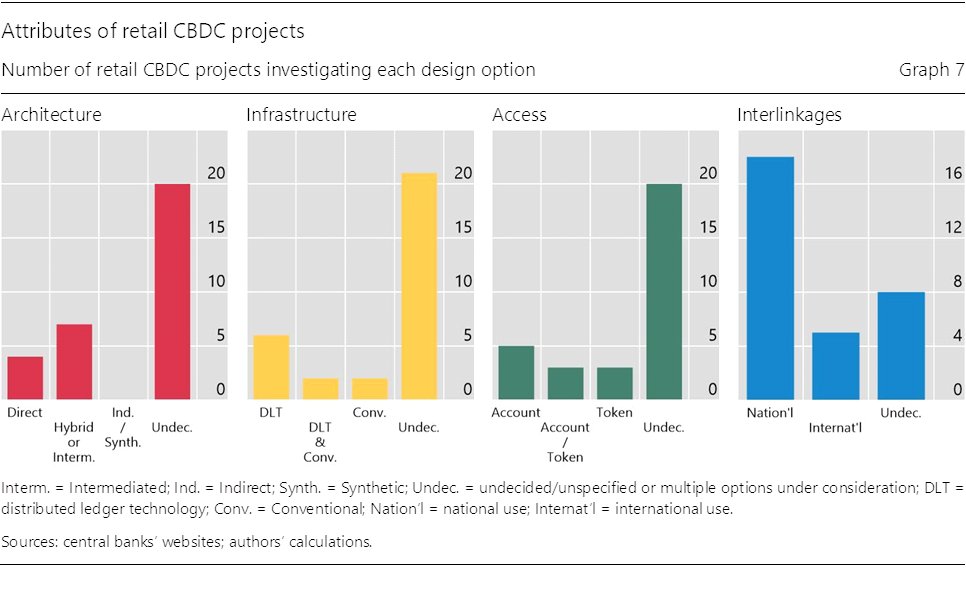
As much as they are technologies, #Bitcoin, #Ethereum, and other #cryptocurrencies are communities of users and developers. What is the profile and the motivation of cryptocurrency owners? Do they really #hodl? How does education etc. differ across cryptocurrencies? ⬇️[1/7] 

Answers based on work with @David_III_L:
bis.org/publ/work951.p…
#Cryptocurrency investors tend to be young, educated and high-income, are likely to have experience of using digital finance but do not seem motivated by distrust in fiat currencies or regulated finance. [2/7]
bis.org/publ/work951.p…
#Cryptocurrency investors tend to be young, educated and high-income, are likely to have experience of using digital finance but do not seem motivated by distrust in fiat currencies or regulated finance. [2/7]

We look into the role of knowledge acquisition about the technology, finding it has limited impact. For example, in recent years a #GenderGap in crypto ownership has emerged, while knowledge has actually converged. #Cryptocurrencies #Banking #Bitcoin [3/7] 

Our results suggest that #hodling has become more pervasive: for the most recent data, owning a cryptocurrency in one year increases the probability, on average, of owning a cryptocurrency in the next year by more than 50% [4/7] 

Across cryptocurrencies, in our sample we find that owners of #xrp and #ether are the most educated, while those owning #litecoin are the least educated, with #bitcoin and #bch ranking in the middle. #btc [5/7] 

Overall, cryptocurrencies are niche digital speculation objects, and the goals of investors are the same as those for other assets. Also the regulatory approach could be a standard one. It can still harness the technology via embedded supervision:
bis.org/publ/work811.p… [6/7]
bis.org/publ/work811.p… [6/7]
For the methodology and more results, see:
bis.org/publ/work951.p…
many thanks to @hasufl for comments on an earlier draft. [6/7]
bis.org/publ/work951.p…
many thanks to @hasufl for comments on an earlier draft. [6/7]
• • •
Missing some Tweet in this thread? You can try to
force a refresh








